Message of UN Secretary-General & Envoy of the Secretary-General on Youth, on International Youth Day
The theme for International Youth Day 2018 is Safe Spaces for Youth.
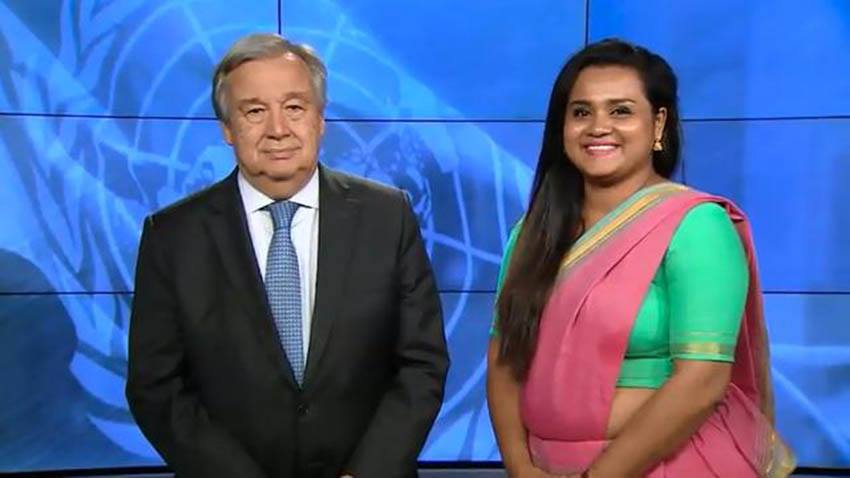
Photo: UN
International Youth Day seeks to raise awareness to the cultural and legal issues faced by youth throughout the world. The United Nations defines youth as people between the ages of 15 and 24 years, although locally, youth can be interpreted in a more flexible manner.
In 1995, the General Assembly of the United Nations (UN) adopted the World Programme of Action for Youth with the intention of establishing guidelines and policies for action and support that would lead to a brighter future for tomorrow's youth. The World Programme of Action for Youth, which consists of 15 priority areas, including education, employment, hunger and poverty, health, environment and drug abuse, paved the way for the UN's declaration of International Youth Day in 1999. Since its inception on August 12, 2000, International Youth Day has served to increase the quality and quantity of opportunities available to the youth to actively participate in society.
In 2009, the UN Economic and Social Council further expanded each of the 15 youth priority areas by developing goals and targets for monitoring youth progress, an expansion that now serves as the basis for International Youth Day's annual theme. Each year, the theme is selected based upon immediate and relevant issues that youth are facing today.The theme for International Youth Day 2018 is Safe Spaces for Youth.
The theme for International Youth Day 2018 is Safe Spaces for Youth.
12 Aug is International #YouthDay 🎆
— UN Youth Envoy (@UNYouthEnvoy) August 10, 2018
The world’s young ppl 👧👦🏾need #SafeSpaces4Youth
We will be launching a new UN Youth Strategy #Youth2030 to step up our work with & for young people 💪🏾
Watch @antonioguterres + my joint msg👇🏾@Un @GlobalGoals @UN4Youth pic.twitter.com/W4i9wRpDr4
Youth need safe spaces where they can come together, engage in activities related to their diverse needs and interests, participate in decision making processes and freely express themselves. While there are many types of spaces, safe spaces ensure the dignity and safety of youth. Safe spaces such as civic spaces enable youth to engage in governance issues; public spaces afford youth the opportunity to participate in sports and other leisure activities in the community; digital spaces help youth interact virtually across borders with everyone; and well planned physical spaces can help accommodate the needs of diverse youth especially those vulnerable to marginalization or violence.
Ensuring that safe spaces are inclusive, youth from diverse backgrounds especially those from outside the local community, need to be assured of respect and self-worth. In humanitarian or conflict prone settings for example, youth may lack the space to fully express themselves without feeling uncomfortable or unwelcome. Similarly, without the existence of safe space, youth from different race/ethnicity, gender, religious affiliation or cultural background may feel intimidated to freely contribute to the community. When youth have safe spaces to engage, they can effectively contribute to development, including peace and social cohesion.
The 2030 Agenda for Sustainable Development, specifically Goal 11, emphasizes the need for the provision of space towards inclusive and sustainable urbanization. Furthermore, the New Urban Agenda (NUA) reiterates the need for public spaces for youth to enable them to interact with family and have constructive inter-generational dialogue. Additionally, the World Programme of Action for Youth (WPAY) which is the UN framework for youth development, prioritizes the provision of “leisure activities” as essential to the psychological, cognitive and physical development of young people. As more and more youth grow in a technologically connected world, they aspire to engage deeper in political, civic and social matters, and the availability and accessibility of safe spaces becomes even more crucial to make this a reality.
-
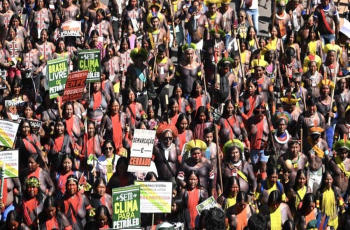
Indigenous people march in Brazil to demand land demarcation
2024-04-24 -
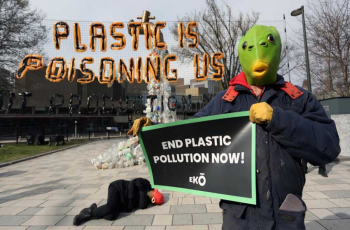
Talks on global plastic treaty begin in Canada
2024-04-24 -

Colombian court recognizes environmental refugees
2024-04-24 -
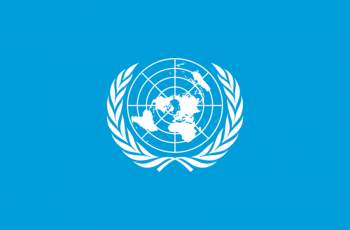
Asia hit hardest by climate and weather disasters last year, says UN
2024-04-23 -

Denmark launches its biggest offshore wind farm tender
2024-04-22 -

Nobel laureate urges Iranians to protest 'war against women'
2024-04-22 -
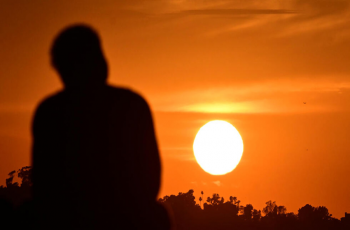
'Human-induced' climate change behind deadly Sahel heatwave: study
2024-04-21 -

Moldovan youth is more than ready to join the EU
2024-04-18 -

UN says solutions exist to rapidly ease debt burden of poor nations
2024-04-18 -
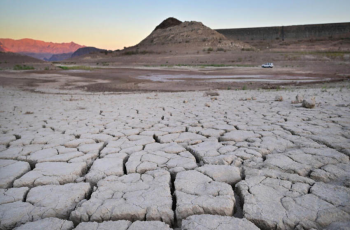
Climate impacts set to cut 2050 global GDP by nearly a fifth
2024-04-18
